Comet C/2014 Q2 Lovejoy And The Pleiades




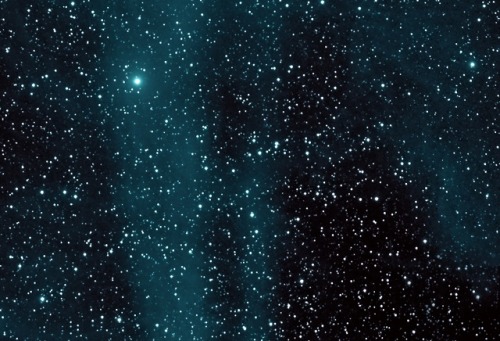


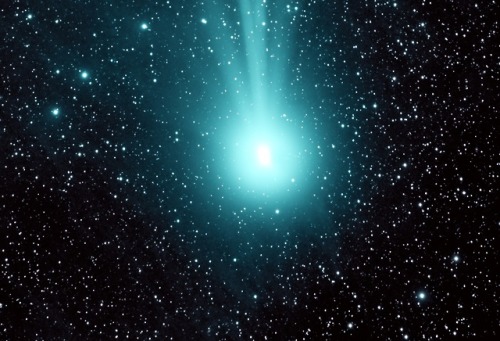
Comet C/2014 Q2 Lovejoy and the Pleiades
Image credit: Joseph Brimacombe
More Posts from Luhuhul and Others






i think it's nice that we share the same sky ✰ aftersun (2022) dir. by charlotte wells
Rwwwr
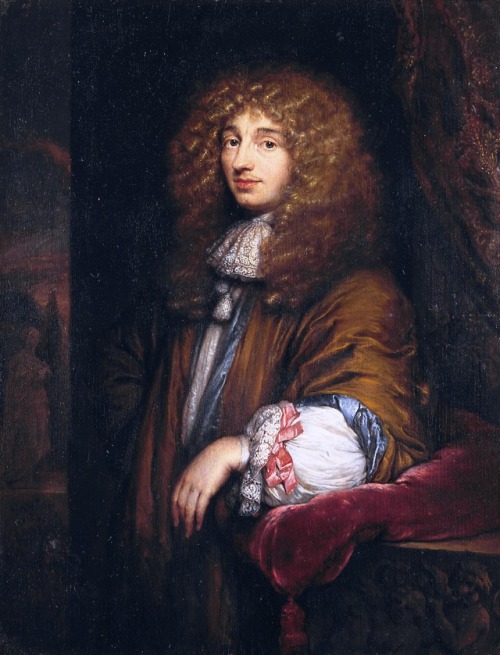
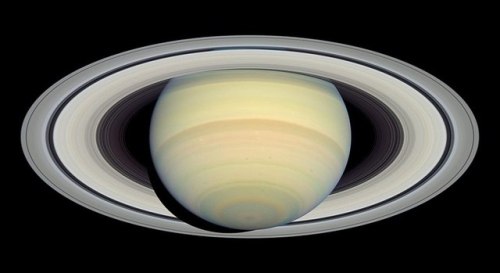
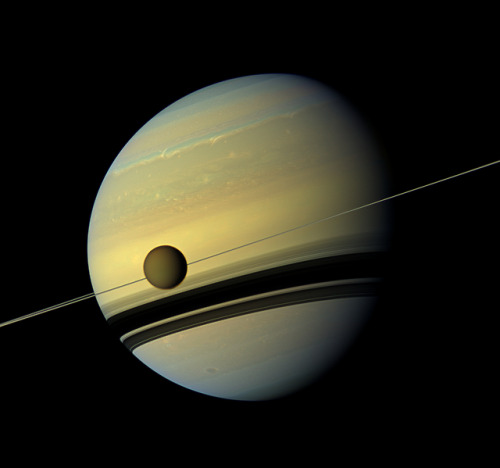
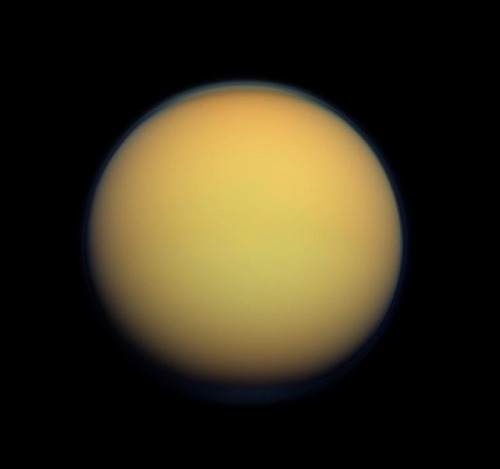
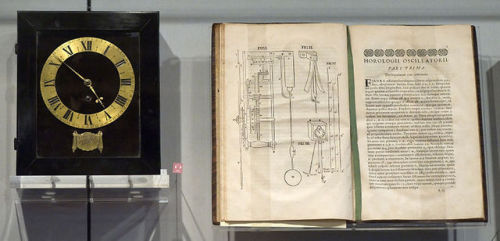
Christiaan Huygens
Christiaan Huygens (14 April 1629 – 8 July 1695) was a Dutch physicist, mathematician, astronomer and inventor, who is widely regarded as one of the greatest scientists of all time and a major figure in the scientific revolution. In physics, Huygens made groundbreaking contributions in optics and mechanics, while as an astronomer he is chiefly known for his studies of the rings of Saturn and the discovery of its moon Titan. As an inventor, he improved the design of the telescope with the invention of the Huygenian eyepiece. His most famous invention, however, was the invention of the pendulum clock in 1656, which was a breakthrough in timekeeping and became the most accurate timekeeper for almost 300 years. Because he was the first to use mathematical formulae to describe the laws of physics, Huygens has been called the first theoretical physicist and the founder of mathematical physics.
In 1659, Huygens was the first to derive the now standard formula for the centripetal force in his work De vi centrifuga. The formula played a central role in classical mechanics and became known as the second of Newton’s laws of motion. Huygens was also the first to formulate the correct laws of elastic collision in his work De motu corporum ex percussione, but his findings were not published until after his death in 1703. In the field of optics, he is best known for his wave theory of light, which he proposed in 1678 and described in 1690 in his Treatise on Light, which is regarded as the first mathematical theory of light. His theory was initially rejected in favor of Isaac Newton’s corpuscular theory of light, until Augustin-Jean Fresnel adopted Huygens’ principle in 1818 and showed that it could explain the rectilinear propagation and diffraction effects of light. Today this principle is known as the Huygens–Fresnel principle. read more
Image credit: NASA/JPL, Commons.wikimedia
Todo lo que tengo es real - Natalia Lafourcade (English and Spanish subtitles)



Rick and Morty


Star HD 14771 and spiral galaxy NGC 891 located in the andromeda constellation.
Credit: Laszlo Bagi





The Mystery of Picasso | Henri-Georges Clouzot | 1956
Pablo Picasso
AI, Cancer Therapy and Chemical Gardens Headed to Space Station
A new batch of science is headed to the International Space Station aboard the SpaceX Dragon on the company’s 15th mission for commercial resupply services. The spacecraft will deliver science that studies the use of artificial intelligence, plant water use all over the planet, gut health in space, more efficient drug development and the formation of inorganic structures without the influence of Earth’s gravity.
Take a look at five investigations headed to space on the latest SpaceX resupply:

Credits: DLR
As we travel farther into space, the need for artificial intelligence (AI) within a spacecraft increases.

Credits: DLR
Mobile Companion, a European Space Agency (ESA) investigation, explores the use of AI as a way to mitigate crew stress and workload during long-term spaceflight.

Credits: DLR
Plants regulate their temperature by releasing water through tiny pores on their leaves. If they have sufficient water they can maintain their temperature, but if water is insufficient their temperatures rise. This temperature rise can be measured with a sensor in space.

Credits: NASA/JPL-Caltech
ECOSTRESS measures the temperature of plants and uses that information to better understand how much water plants need and how they respond to stress.

Credits: Northwestern University
Spaceflight has an on impact many bodily systems. Rodent Research-7 takes a look at how the microgravity environment of space affects the community of microoganisms in the gastrointestinal tract, or microbiota.
The study also evaluates relationships between system changes, such as sleep-wake cycle disruption, and imbalance of microbial populations, to identify contributing factors and supporting development of countermeasures to protect astronaut health during long-term missions, as well as to improve the treatment of gastrointestinal, immune, metabolic and sleep disorders on Earth.

Credits: Angiex
Cardiovascular diseases and cancer are the leading causes of death in developed countries. Angiex Cancer Therapy examines whether microgravity-cultured endothelial cells represent a valid in vitro model to test effects of vascular-targeted agents on normal blood vessels.
Results may create a model system for designing safer drugs, targeting the vasculature of cancer tumors and helping pharmaceutical companies design safer vascular-targeted drugs.

Credits: Oliver Steinbock chemistry group at Florida State University
Chemical Gardens are structures that grow during the interaction of metal salt solutions with silicates, carbonates or other selected anions. Their growth characteristics and attractive final shapes form from a complex interplay between reaction-diffusion processes and self-organization.

Credits: Oliver Steinbock chemistry group at Florida State University
On Earth, gravity-induced flow due to buoyancy differences between the reactants complicates our understanding of the physics behind these chemical gardens. Conducting this experiment in a microgravity environment ensures diffusion-controlled growth and allows researchers a better assessment of initiation and evolution of these structures.
These investigations join hundreds of others currently happening aboard the orbiting laboratory.
For daily updates, follow @ISS_Research, Space Station Research and Technology News or our Facebook. For opportunities to see the space station pass over your town, check out Spot the Station.
Make sure to follow us on Tumblr for your regular dose of space: http://nasa.tumblr.com






Lake Cerknica, Slovenia by happy.apple
-
 tadeuszip reblogged this · 3 weeks ago
tadeuszip reblogged this · 3 weeks ago -
 ddjordje liked this · 1 month ago
ddjordje liked this · 1 month ago -
 darkempressrising reblogged this · 1 month ago
darkempressrising reblogged this · 1 month ago -
 fogandfireflies liked this · 1 month ago
fogandfireflies liked this · 1 month ago -
 crucrionnia reblogged this · 2 months ago
crucrionnia reblogged this · 2 months ago -
 tryingtolive4god reblogged this · 3 months ago
tryingtolive4god reblogged this · 3 months ago -
 mariannetheflash reblogged this · 3 months ago
mariannetheflash reblogged this · 3 months ago -
 mariannetheflash liked this · 3 months ago
mariannetheflash liked this · 3 months ago -
 somethinginspiringhere reblogged this · 3 months ago
somethinginspiringhere reblogged this · 3 months ago -
 maerimary reblogged this · 5 months ago
maerimary reblogged this · 5 months ago -
 maerimary liked this · 5 months ago
maerimary liked this · 5 months ago -
 annita899l1uywglh liked this · 6 months ago
annita899l1uywglh liked this · 6 months ago -
 screamingwombatgirl reblogged this · 7 months ago
screamingwombatgirl reblogged this · 7 months ago -
 numberonepoetryvoid liked this · 7 months ago
numberonepoetryvoid liked this · 7 months ago -
 caspersmom liked this · 7 months ago
caspersmom liked this · 7 months ago -
 gomodernart liked this · 7 months ago
gomodernart liked this · 7 months ago -
 interskyned liked this · 7 months ago
interskyned liked this · 7 months ago -
 bearingthecurse reblogged this · 7 months ago
bearingthecurse reblogged this · 7 months ago -
 bearingthecurse liked this · 7 months ago
bearingthecurse liked this · 7 months ago -
 maned-wolf-booties liked this · 8 months ago
maned-wolf-booties liked this · 8 months ago -
 wanderingcritter liked this · 8 months ago
wanderingcritter liked this · 8 months ago -
 madebylayza reblogged this · 8 months ago
madebylayza reblogged this · 8 months ago -
 madebylayza liked this · 8 months ago
madebylayza liked this · 8 months ago -
 iszzyb reblogged this · 8 months ago
iszzyb reblogged this · 8 months ago -
 iszzyb liked this · 8 months ago
iszzyb liked this · 8 months ago -
 thebugfrompreschool liked this · 8 months ago
thebugfrompreschool liked this · 8 months ago -
 wrens-feathers reblogged this · 8 months ago
wrens-feathers reblogged this · 8 months ago -
 wrens-feathers liked this · 8 months ago
wrens-feathers liked this · 8 months ago -
 animaljamer109 liked this · 8 months ago
animaljamer109 liked this · 8 months ago -
 baka-monarch reblogged this · 8 months ago
baka-monarch reblogged this · 8 months ago -
 baka-monarch liked this · 8 months ago
baka-monarch liked this · 8 months ago -
 endersmile reblogged this · 8 months ago
endersmile reblogged this · 8 months ago -
 endersmile liked this · 8 months ago
endersmile liked this · 8 months ago -
 thepluralmaster reblogged this · 8 months ago
thepluralmaster reblogged this · 8 months ago -
 talon-dragonbeast reblogged this · 8 months ago
talon-dragonbeast reblogged this · 8 months ago -
 arachaoticnid reblogged this · 8 months ago
arachaoticnid reblogged this · 8 months ago -
 humboldtiihognoseclover liked this · 8 months ago
humboldtiihognoseclover liked this · 8 months ago -
 ochremutt reblogged this · 8 months ago
ochremutt reblogged this · 8 months ago -
 lycanm00n reblogged this · 8 months ago
lycanm00n reblogged this · 8 months ago -
 stoned-rosetta reblogged this · 10 months ago
stoned-rosetta reblogged this · 10 months ago -
 songofyourself reblogged this · 10 months ago
songofyourself reblogged this · 10 months ago -
 simlenn liked this · 10 months ago
simlenn liked this · 10 months ago -
 kuvirametalbender reblogged this · 10 months ago
kuvirametalbender reblogged this · 10 months ago -
 akaleilovesinspiration reblogged this · 11 months ago
akaleilovesinspiration reblogged this · 11 months ago -
 rananova liked this · 1 year ago
rananova liked this · 1 year ago -
 anobb liked this · 1 year ago
anobb liked this · 1 year ago -
 yahoupj liked this · 1 year ago
yahoupj liked this · 1 year ago
